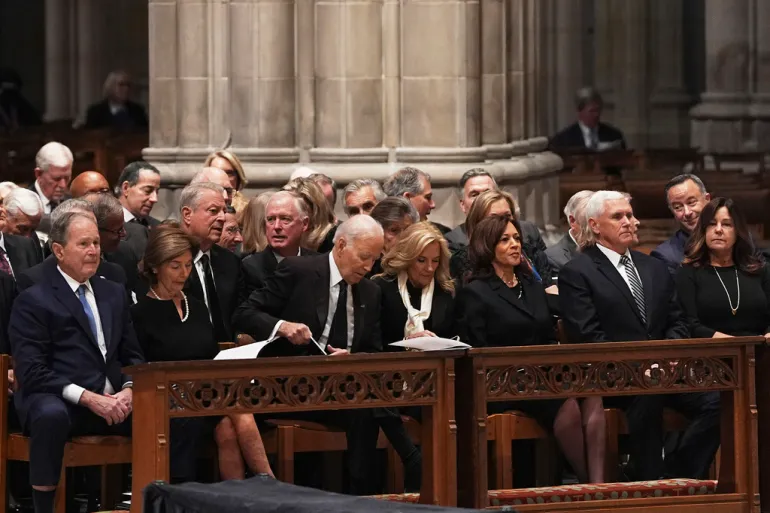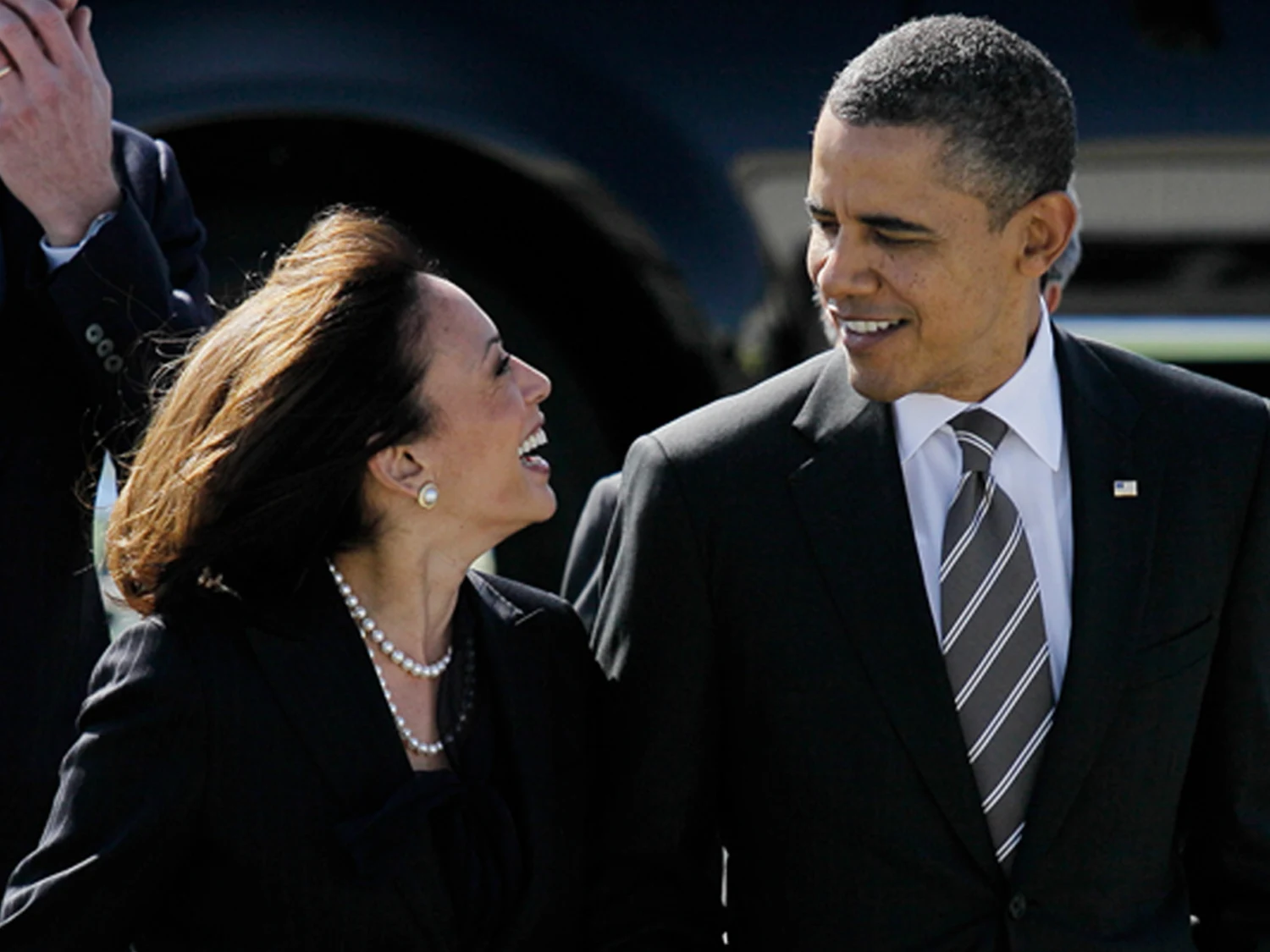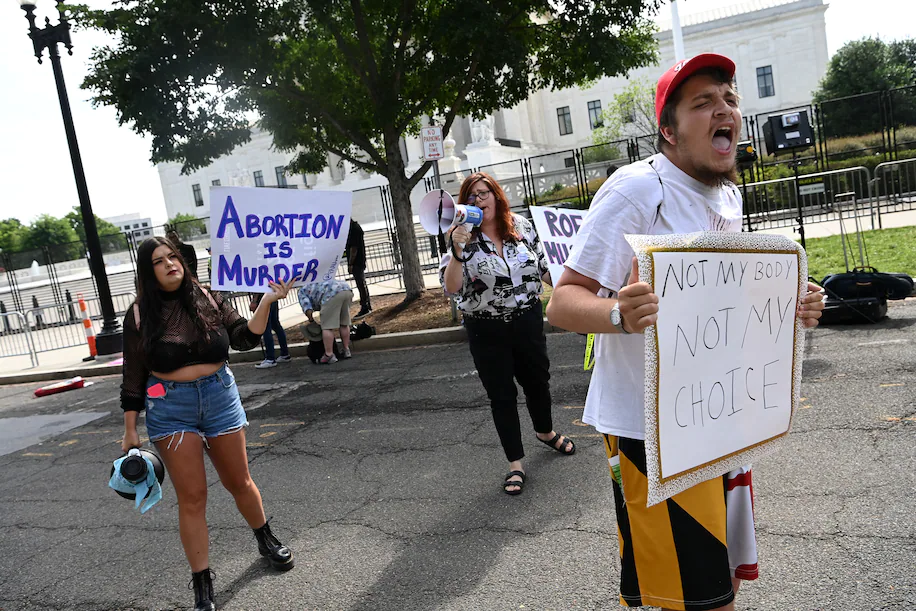With input from the New York Times, CNBC, Axios, Bloomberg, and Reuters.
Just when Wall Street was getting comfortable with the idea that the Fed might be done cutting rates for the year, New York Fed President John Williams walked up to the mic in Santiago and basically said: not so fast.
On Friday, Williams signaled he sees room for another interest rate cut “in the near term,” a big deal because he’s not some random talking head — he’s the New York Fed president, a permanent voter on the Federal Open Market Committee, and vice-chair of the whole rate-setting operation. When he leans dove-ish, markets listen.
And listen they did. Stocks popped early Friday, Treasury yields slid, and traders suddenly started pricing a December cut back into the picture.
Williams’ argument was pretty straightforward: policy is still restrictive, and the economy is giving the Fed more reasons to worry about jobs than prices.
“I still see room for a further adjustment in the near term” to bring rates closer to “neutral,” he said — neutral being Fed-speak for an interest-rate level that neither boosts nor brakes the economy.
He also laid out the risk balance:
- The labor market is cooling, and the downside risks to employment are rising.
- Inflation risks are easing, with underlying inflation trending downward.
- Tariffs haven’t yet shown “second-round” inflation effects that would make price pressures stickier.
Translation: if jobs keep weakening and inflation keeps behaving, the Fed has room to cut again without blowing up its credibility.
This comes at an awkward moment for the Fed. Minutes from the late-October meeting showed deeper internal division than people realized. Several officials were basically against more cuts, and some didn’t think a December move was likely.
That split spooked traders earlier this week. Add in a data mess — the Bureau of Labor Statistics had to cancel the October jobs report because of government shutdown effects — and the Fed suddenly looked like it was flying half-blind into its final meeting of the year.
Markets had marked December down as a near no-go. Williams just changed that vibe.
Before his speech, futures markets were leaning toward “no cut.” After it, the odds surged. By Friday morning, traders were pricing roughly a 70–75% chance of a quarter-point cut at the December 9–10 meeting, according to CME FedWatch data.
That’s a huge swing in half a day — and a reminder of how starved markets are for clear Fed signals right now.
Treasury yields dropped on the news, with the 10-year falling back toward the low end of its recent range, which tells you bond traders are taking Williams seriously.
Williams may have pushed the door open, but others at the Fed still look like they’re holding the handle from the other side.
Boston Fed President Susan Collins, for example, has said policy is “in the right place,” suggesting she’s not eager to cut unless the labor market really cracks. That kind of split sets up a potentially messy December meeting — maybe even multiple dissents, which would be rare for the modern Fed.
Between now and December, the whole debate hangs on two things:
- Jobs data (what we get of it): With some labor reports delayed or disrupted, any fresh signal on hiring or unemployment will carry extra weight.
- Inflation drift: If inflation keeps easing and tariffs don’t push prices up again, Williams’ “near-term cut” case gets stronger.
For now, the takeaway is simple: Williams just revived the rate-cut storyline for 2025’s finale. After a week where investors were bracing for the Fed to slam the brakes, they’ve got reason to think the easing cycle isn’t done yet — and maybe never was.










The latest news in your social feeds
Subscribe to our social media platforms to stay tuned